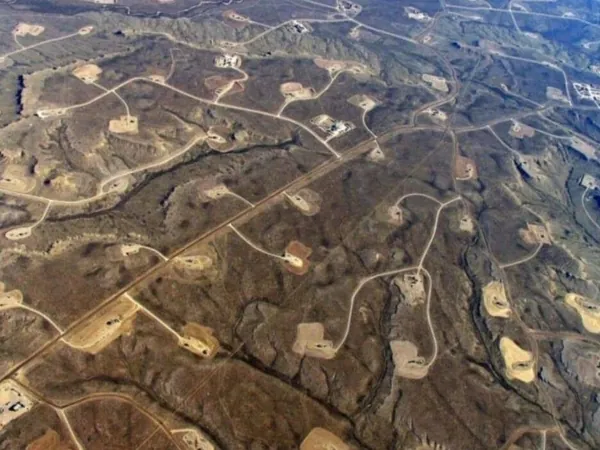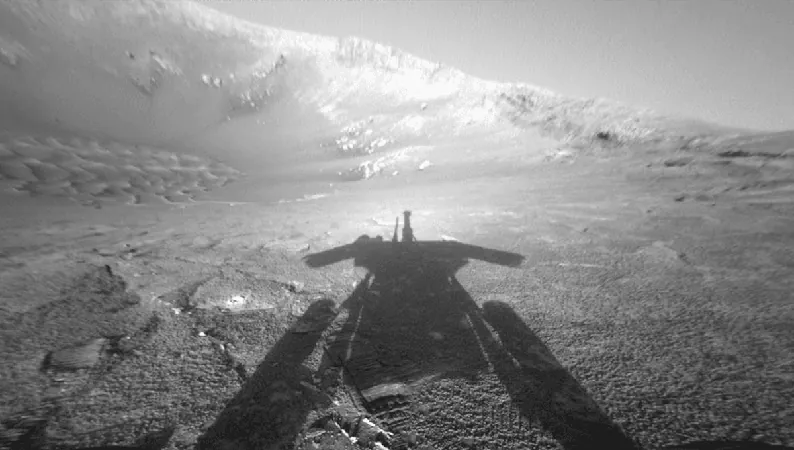
Shocking New Study Reveals Why Wet Soils Lead to Devastating Floods During Atmospheric Rivers!
2025-06-16
Author: Liam
The Hidden Flood Risk of Atmospheric Rivers
Atmospheric rivers are notorious for unleashing severe flooding across the West Coast of the U.S., while also bringing vital moisture to the region. However, a groundbreaking study outlines the unexpected role of soil conditions in determining flood severity.
Research Breakdown: More Than 43,000 Storms Analyzed
Published in the *Journal of Hydrometeorology*, this study meticulously analyzed over 43,000 atmospheric river storms spanning 122 watersheds from 1980 to 2023. The researchers uncovered a startling truth: when soils are already saturated, flood peaks soared by 2 to 4.5 times. This revelation clarifies why some storms lead to catastrophic flooding, even when their intensity seems comparable to milder events that cause little harm.
Why Does Soil Moisture Matter?
Mariana Webb, the lead author of the study and a Ph.D. candidate at DRI and the University of Nevada, Reno, explained, "Flooding during atmospheric river events is not solely a product of storm size but is heavily influenced by surface conditions on the land." The study highlights a critical threshold for soil moisture: surpassing it can drastically amplify flood flows.
Geolocation Matters: Flood Risk Varies by Region
The research further explored which areas are most affected by soil moisture levels. In drier regions like California and southwestern Oregon, the consequences are dire when these areas face storms with already saturated soils. Shallow, clay-rich soils in these watersheds exacerbate flooding risks. Conversely, in regions like Washington’s lush landscapes where soils are deeper and snowpacks abundant, the relationship isn’t as pronounced.
A Call for Enhanced Monitoring
With current soil moisture data coming from limited USDA SNOTEL Network monitoring stations, the study advocates for increased observational efforts, especially in high-risk watersheds. Real-time soil moisture tracking could vastly improve early warning systems as we brace for the increasing intensity and frequency of atmospheric rivers.
Revolutionizing Flood Risk Predictions
By customizing flood risk evaluations to specific watershed characteristics, this research could transform how we anticipate flooding. It emphasizes the critical need to integrate soil conditions into atmospheric river assessments. Webb stressed, "My research focuses on merging atmospheric science with hydrology to better understand the continuum from rainfall to flood.
Collaboration Elevates the Research
The study builds on the expertise of DRI ecohydrologist Christine Albano, who noted how Webb's research quantifies soil saturation's impact on flood risks across various coastal regions. With advances in weather forecasting, there's a unique opportunity: by pairing atmospheric river predictions with insights into soil moisture levels, we can significantly fortify flood warning systems.









 Brasil (PT)
Brasil (PT)
 Canada (EN)
Canada (EN)
 Chile (ES)
Chile (ES)
 Česko (CS)
Česko (CS)
 대한민국 (KO)
대한민국 (KO)
 España (ES)
España (ES)
 France (FR)
France (FR)
 Hong Kong (EN)
Hong Kong (EN)
 Italia (IT)
Italia (IT)
 日本 (JA)
日本 (JA)
 Magyarország (HU)
Magyarország (HU)
 Norge (NO)
Norge (NO)
 Polska (PL)
Polska (PL)
 Schweiz (DE)
Schweiz (DE)
 Singapore (EN)
Singapore (EN)
 Sverige (SV)
Sverige (SV)
 Suomi (FI)
Suomi (FI)
 Türkiye (TR)
Türkiye (TR)
 الإمارات العربية المتحدة (AR)
الإمارات العربية المتحدة (AR)